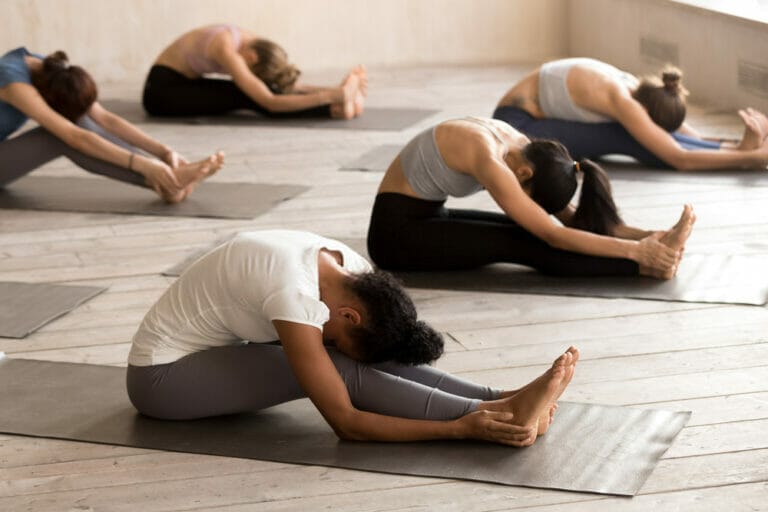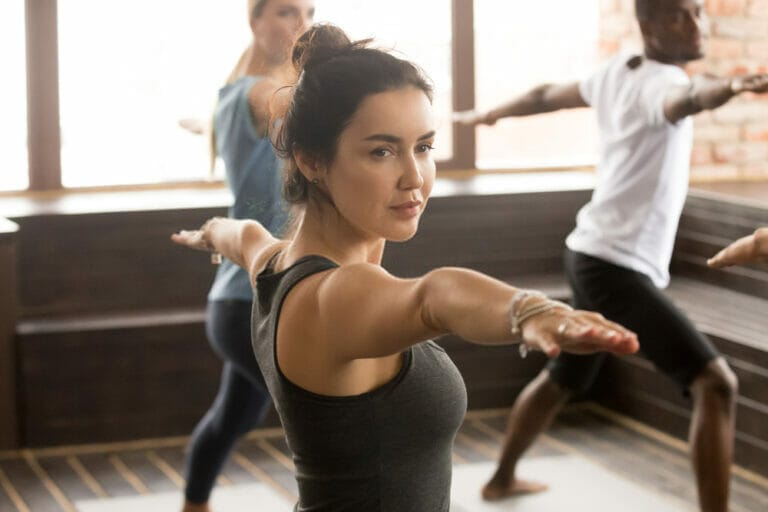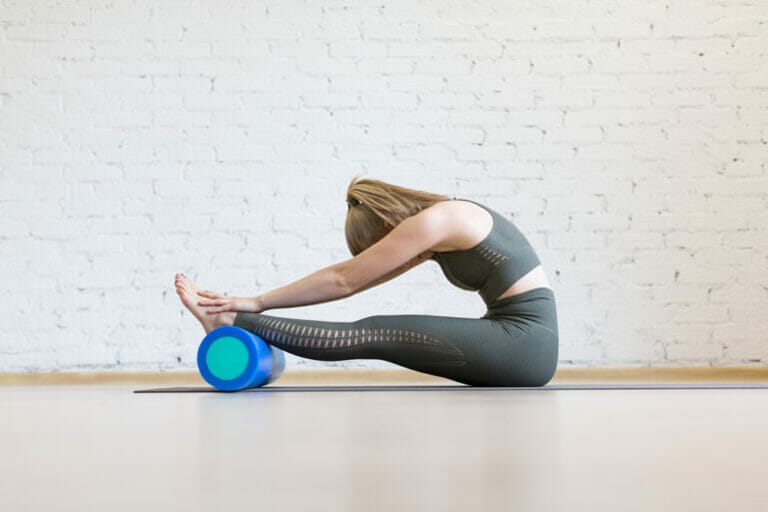Yoga For Pain Management
This monotony of time has brought us many illnesses.
One of such is chronic pain. Whether it’s back pain, arthritis pain, headache pain, or any other type of persistent pain, it can severely impact a person’s quality of life.
Unfortunately, many find themselves trapped in a vicious cycle of drugs, surgery, and other treatments that fail to treat their condition adequately.
But, if you get a natural way to reduce your pain without using any medication instantly? Fortunately, there is a new science-based approach to managing pain that is safe and easy to use. It’s called “Yoga For Pain Management”.
Yoga is a practice that combines ancient spiritual principles and modern science to provide natural relief from persistent pain.
It has been scientifically proven to be as effective as many prescription drugs without any side effects or health risks.
So, if you suffer from back pain, knee pain, arthritis pain, or any other type of chronic pain condition, you must learn about this natural and safe approach to managing your pain.
It is a science-based approach that has successfully helped millions of people to reduce their pain and regain their health and vitality.
Those who suffer from acute pain need immediate relief, which is why Yoga poses help alleviate the symptoms and provide immediate relief for those suffering from chronic pain conditions.
This article will cover what Yoga for Pain Management is, how Yoga can help you control pain, and most importantly, what specific yoga poses are most effective for managing pain.
So, if you are tired of constantly living in pain and want to learn how you can naturally manage your pain with the help of the ancient practice of Yoga, please read on. I will explain everything in detail so that even beginners can benefit.
Let’s get started!
What is Yoga For Pain Management?
Yoga for Pain Management (YFPM) is an experimental treatment that combines the benefits of Yoga with the science of pain management.
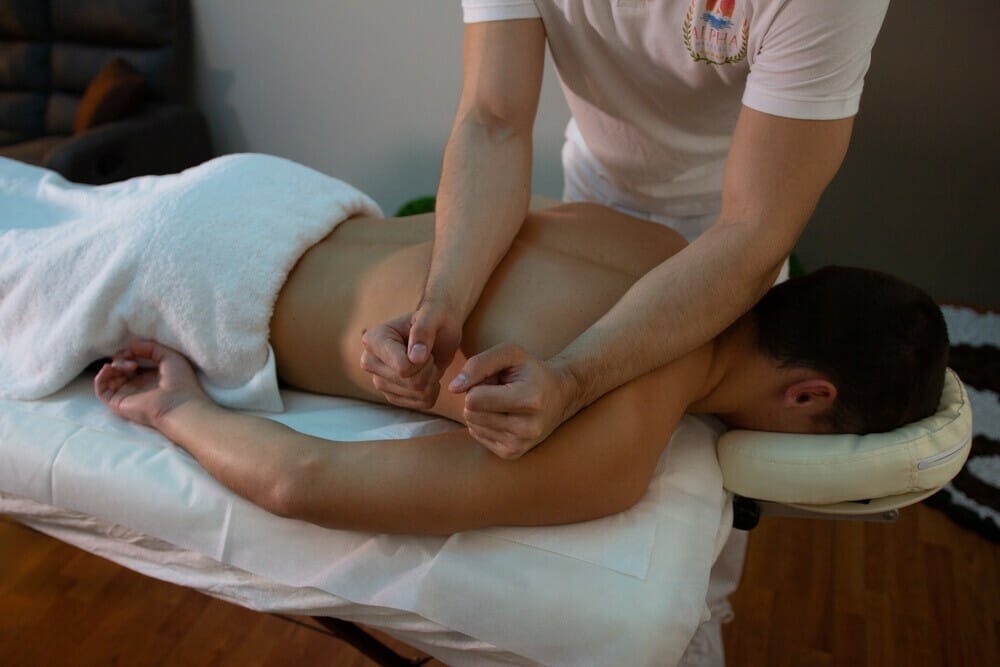
Doctors and researchers developed it to help people reduce their chronic pain symptoms as rapidly as possible.
And, the best part about YFPM is that it’s entirely safe for those sensitive to medications. As a result, it’s ideal for people on drugs like Advil, Tylenol, and other pain relievers.
How Does Yoga For Pain Management Work?
The basic premise of YFPM is that it can boost your body’s natural painkilling ability. You see, this science-based approach to pain control involves three basic steps. It involves:
- Strengthening the mind
- Stimulating the brain, and
- Fighting inflammation in your body.
Many people enjoy Yoga for the physical benefits it offers. But, you cannot ignore the mental and cognitive benefits of practising Yoga.
Specifically, research has shown that Yoga can “greatly improve people’s moods and physical well-being.”
It can also improve your overall quality of life. Simply put, it reduces your distress levels and allows you to engage in more physical activity.
Another reason why YFPM works so well is that it stimulates the brain’s natural painkilling abilities.
It is why Yoga offers such a significant "mental edge" because it encourages your mind to release endorphins and other feel-good hormones.
While it’s true that traditional Western medicines can help relieve pain. These painkillers have two big problems: They’re potentially addicting, and they don’t work as quickly as YFPM.
In other words, these drugs work after you've already experienced the full brunt of your pain for a prolonged period. After that, YFPM helps to reduce pain instantly.
The main reason why YFPM works so effectively is that it combats inflammatory compounds in your body. Specifically, Yoga helps to reduce the chronic pain-causing molecules known as “cytokines”.
Cytokines are prevalent chemicals found in the bloodstreams of most animals, including humans. These are used for cell signalling and are involved in many biological processes.
However, they can also cause unwanted health effects at high levels or if their function is changed.
That's why YFPM is such a great way to reduce pain. It can reduce inflammation in your body and keep it from spreading throughout your body.
What Are the Benefits of Yoga for Pain Management?
There are many benefits of practising Yoga for pain management.
Here are some of the most common ones:
- Yoga is an effective anti-inflammatory therapy.
- Yoga reduces inflammation in the brain and promotes neurogenesis.
- Yoga improves the overall quality of life by reducing your distress levels.
- Yoga encourages the release of “feel-good” hormones like endorphins.
- Yoga combats chronic pain by stimulating the mind and body.
So, if you're suffering from chronic pain and want to get rid of it naturally, I highly recommend that you give YFPM a try.
It’s a natural and scientifically proven approach to managing your pain without any side effects or known health risks.
(Read on below to see what specific poses I recommend for pain management).
What Poses Can I Do To Manage My Pain?
Many different yoga poses can help you manage your pain. However, there are specific poses that I recommend you try if you suffer from chronic pain.
Here they are:
For Headaches and a Tight Lower Back: Child’s Pose
This calming pose relieves headaches and stress while also giving you a tremendous lower-back stretch. It also stimulates your brain’s natural painkilling abilities.
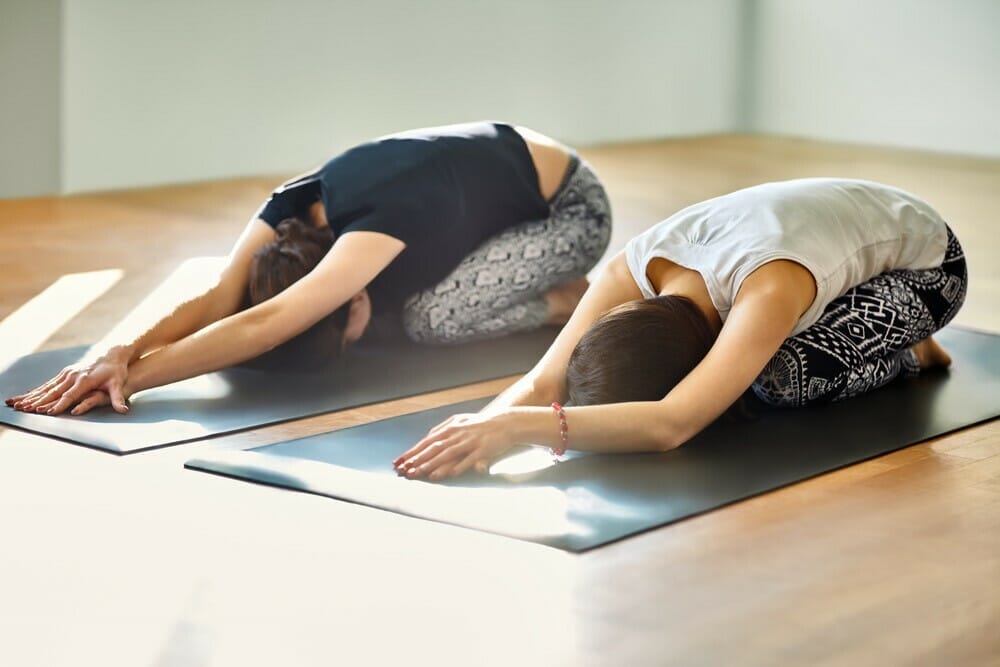
For Sore Wrists and Carpal Tunnel Syndrome: Strong Man Arms
This pose reduces pain in your wrists by opening up the elbow joints. It also relieves carpal tunnel syndrome symptoms caused by inflammation of the nerves that control your fingers.
For Lower Back Pain and Tension: Bridge Pose with Yoga Block

The bridge pose helps relieve lower-back tension, especially when you place a yoga block underneath your tailbone area. In addition, it makes you feel less pain in your lower back.
For Sore Calves and Hamstrings: Downward Dog Pose
The downward dog pose is an excellent pose for sore calves, hamstrings, and ankles. It is because it helps to stretch out your calf muscles and hamstrings.
It also strengthens your calves by supporting the weight of your body for an extended period.
For a Sore Chest: Crescent Lunge Pose
This pose helps ease soreness in your chest, a common problem for those who suffer from heart problems. This position stretches your hip flexors, which can get tight if you spend a lot of sitting.
For Chronic Neck Pain: Extended Triangle Pose
This pose is perfect for people who suffer from chronic neck pain. It is because it stretches your hamstrings and chest while also helping to relieve tension in your neck. Best of all, this pose helps to improve your balance and coordination.

For Tension in the Knees: Standing Forward Fold
This pose stretches out your hamstrings, quadriceps, and calves. It also helps to strengthen the hip flexor muscles that support them.
In addition, the forward fold adds stability to the pose because it helps to keep your back straight when you lean forward.
For Back Pain: Downward Facing Dog Pose
This pose helps to strengthen your leg muscles while stretching out your hamstrings. In addition, the downward dog poses effectively relieves discomfort in the lower back area when you have a yoga block underneath your tailbone.
For Neck Pain: Ear-to-Shoulder Pose
This pose strengthens your neck muscles and relieves tension on your cervical spine. In addition, by increasing your blood circulation to your neck, you can get rid of the pressure and pain in this area.
For Pain in the Shoulders, Hips, and Groin: Warrior Pose
This pose is an excellent option for reducing pain in these areas because it stretches out your hamstrings, quadriceps, adductors, pectorals, abdominals, calves, ankles, hips, and gluteal muscles. The forward fold is especially helpful for relieving pain in your groin area.
For Sore Hips: Rock the Baby Pose
This pose is excellent for people who feel pain in their hips. It helps to relieve the pain by stretching out your hamstrings, quadriceps, adductors, pectorals, abdominals, calves, and ankles. The forward fold also helps to stretch out your hips.
For Sore or Stiff Neck: Reverse Table Pose
This pose is excellent for relieving tension in the neck, back, and shoulders. It also helps to relieve pain in these areas because it stretches out your hamstrings, quadriceps, adductors, pectorals, abdominals, calves, ankles, hips, and gluteal muscles.

For Sore Feet: Foot Opener Pose
If your feet are trapped in a shoe all day, this pose is perfect for releasing pain in your feet. It’s surprisingly ergonomic and convenient. Plus, it’s excellent for relieving pain in the arch of your foot.
For Sciatica (Shooting Pain Down Back of Leg): Long Leg Sit-Up
This visceral pose is perfect for people who have sciatica. It is because it stretches out your adductors, pectorals, quadriceps, and calves.
It also helps relieve pressure on the sacroiliac joint of your spine by reducing inflammation in your hamstrings and calves.
For Shin Splints and Sore Calves: Half Splits
This pose is an excellent option for relieving shin splints and sore calves. It helps stretch out your shins, thighs, hamstrings, quadriceps, adductors, pectorals, abdominals, calves, and ankles.
It also allows you to relieve your shin splints by getting rid of inflammation.
Final Thoughts
You can use any one of these poses to manage your pain. However, these 15 specific poses have been scientifically proven to help you get rid of your pain in a natural and non-invasive way.
What's more, you can do these poses at home. It gives you the freedom to exercise at your own pace and in the comfort of your own home.
(The reason why I recommend that you do Yoga at home is that it’s tough to find a good yoga studio that isn’t too crowded or has irritating acoustics).
If there is one thing I've learned about managing pain, it's that prevention works 100 times better than any drug or surgery.
Hopefully, this article has proven to be an insightful read for you on the various benefits of Yoga for chronic pain management.
If you have any questions or comments, I'd love to hear from you. So drop a comment below and let me know what you think.
Until next time…
Peace, Love, and Embrace Your Crazy!




